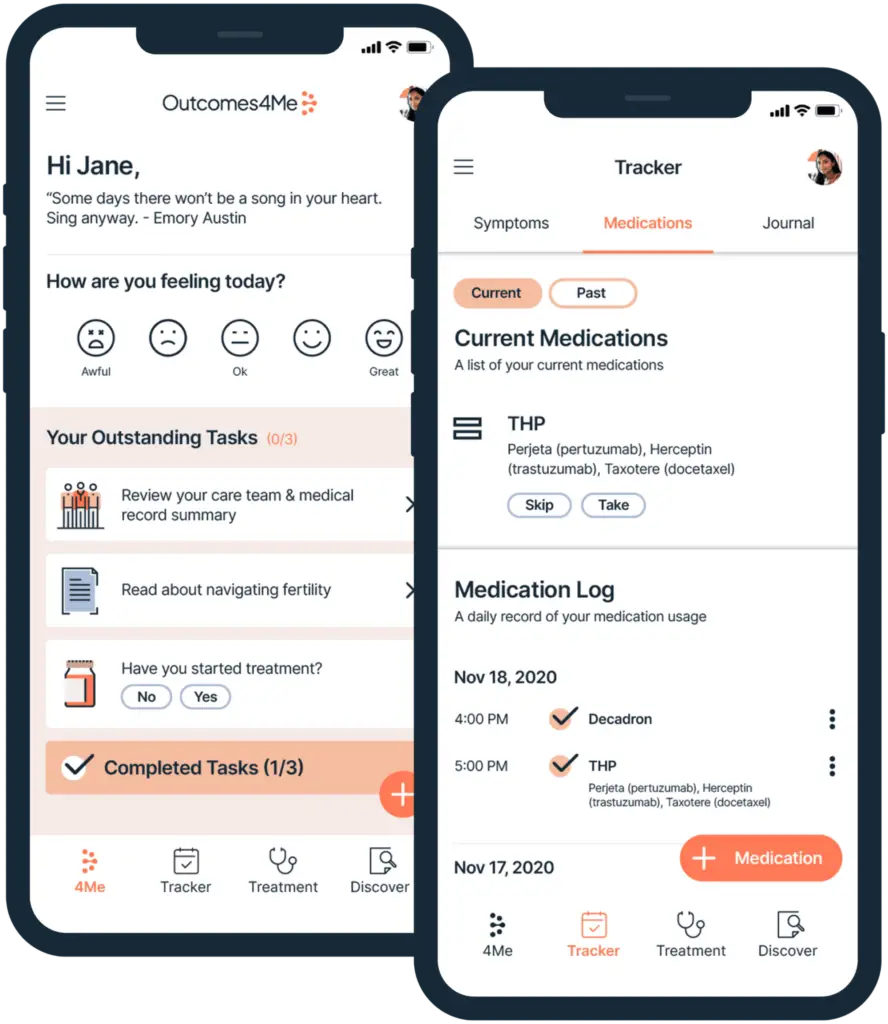While you or a loved one is receiving treatment for non-small cell lung cancer (NSCLC), it’s important to participate in physical activity at any stage of the disease and throughout your treatment. This might sound counterintuitive: you’re being treated for a disease of your lungs. But, according to a trial study in the Journal of Cardiopulmonary Rehabilitation and Prevention, refraining from exercise during lung cancer treatment can result in a decrease in muscle mass and strength as well as a decline in pulmonary function and respiratory muscle strength.
The thought of starting exercise during lung cancer treatment might not be top of mind, but it’s vital to managing both your physical health and emotional well-being. According to Johns Hopkins Medicine, pursuing a low-intensity exercise regimen during lung cancer treatment can lead to reduced stress, improved immune system function, and a boost to your overall mood. Additionally, exercise can contribute to increased cardiovascular fitness and muscle strength as well as help you if you’re experiencing shortness of breath.
Following is a list of low-intensity activity ideas. Think about slowly easing into these initial steps or ask your care team if they’re the right ones for you. And, remember: always consult your physician before pursuing any type of exercise during treatment.
Take a daily walk.
A study published in Prevention’s Health Promotion Perspectives shows that 10 minutes of walking each day can lower your anxiety and increase your focus and creativity, whether you’re in treatment or not. Try and take a short walk each day when you’re feeling up to it, perhaps after dinner or early in the morning to help relax all those thoughts occupying your brain before you start your day. Make a playlist or bring a friend along, or enjoy the quiet time away from everything to recenter.
Stretch the stiffness away.
Start and finish your day with some light stretching to work through potential muscle tightness and help with any joint stiffness. If you’re going through rehabilitation or seeing an occupational or physical therapist, ask them for a suggestion of light exercises to do at home, where space and equipment might be limited. A lot can be done with a floor mat, a couple of stairs or a dining room chair. Medical News Today offers a light stretching regimen that can work for any age, and can be done alone. If you’re experiencing mobility issues or nervous about falling, ask a family member or caretaker to help or spot you while you stretch and talk to your doctor before you start.
Try some light yoga.
Now that you’re in treatment, it might be the perfect time to try yoga, a physical, mental, and spiritual practice designed to calm your mind and help with any pain. Gentle and restorative yoga classes offer a lighter form or practice at a slower pace, and include time for breath work, meditation and overall relaxation. You don’t have to be an expert to try gentle yoga – the low-impact movement might help you learn how to stretch your body in ways that could help with your pain, and breathe in ways that help you release unwelcome tension throughout your body.
Learn about Tai Chi.
Otherwise known as moving meditation, this ancient Chinese mind-body practice can help with mindfulness, balance and muscle strength. To get an idea of how your body could benefit from Tai Chi during your treatment, Harvard Medical School provides initial advice for how and where to get started. Ask about classes at your local YMCA, senior center or community support groups through your oncologist. Also, consider taking a class, or even watching a YouTube video.
While these exercise tips might work for you during lung cancer treatment, it’s best to talk to your care team about the exercise regimen that might best suit you before you get started.
If you have questions or would like to talk to an Outcomes4Me oncology nurse practitioner, you can connect at no charge through the Outcomes4Me app, using the “Ask Outcomes4Me” button.




